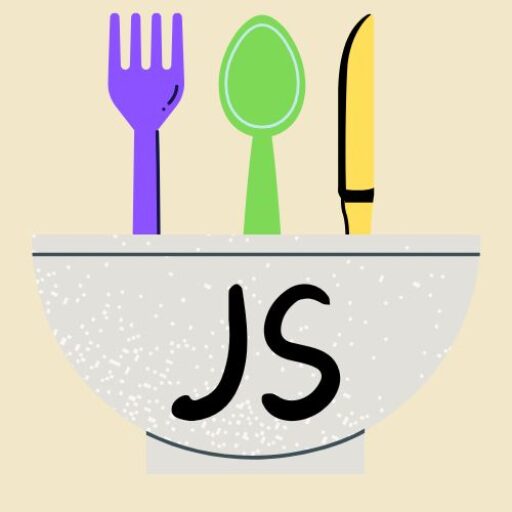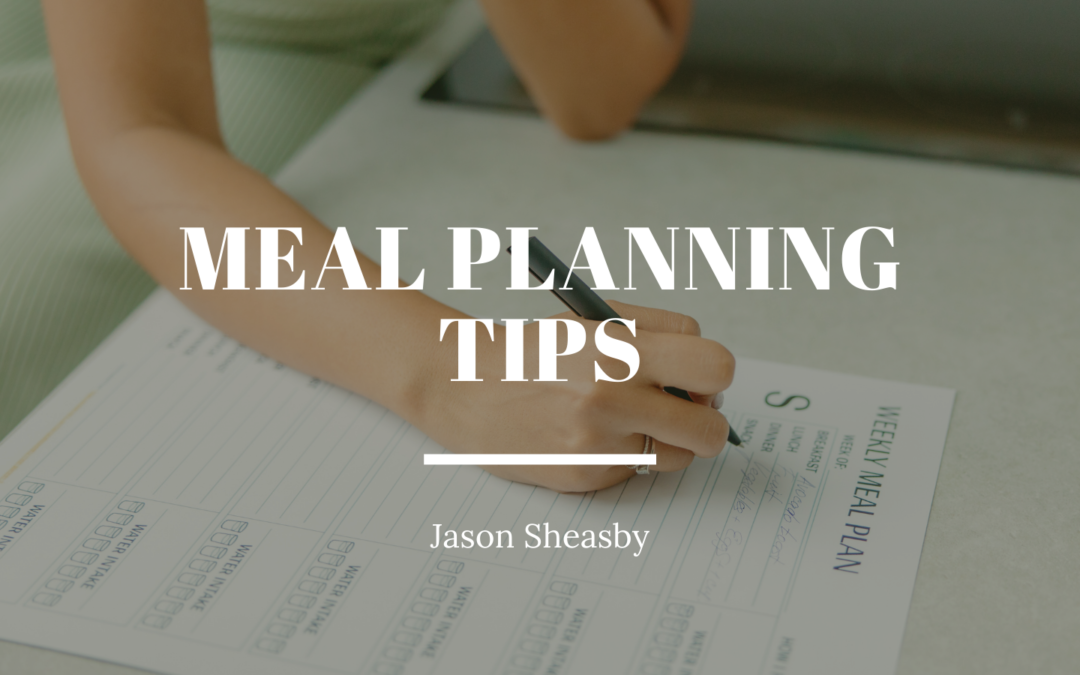Getting started with meal planning can be an overwhelming task, especially for people who are new to the process. It usually begins with the planning process, which usually includes selecting the recipes, shopping for the ingredients, and preparing the week’s meals.
In this article, we break down the most common steps involved in meal planning into some key tips to set you up for success. These steps are usually fairly obvious, but they have to be followed carefully to ensure that they’re successful. The key to meal planning is to follow a strategy that’s proven to be both money- and time-saving. In this article, we’ll talk about what to skip and what’s essential to success.
-
Set Expectations
Before we dive into the details of meal planning, we want to make sure that you’re focused on the main reason why you’re interested in the process of meal planning. This is the easiest way to answer the question “what do I need?” Everyone’s meal planning goals might be different–you might be looking to save money, eat out less, eat healthier meals, reduce stress surrounding meal preparation, or something completely different! Regardless, your unique needs will inform how you strategize.
Getting started with meal planning can be overwhelming, so pick just a couple of things that are most likely to be of interest to you when it comes time to pick the recipes.
-
Consider Schedule and Needs
The first step in meal planning is choosing the recipes. This is the most critical step in the process, as it sets the tone for the whole process and explains why you’re doing it. Before you start shopping for the ingredients, start thinking about your meal plan.
Before you start planning, take a look at your calendar and determine the number of nights that you want to make dinner at home. For some people, this might look like planning out every day’s meals. For others, just planning three dinners is perfect. Additionally, if you have a particularly busy day and know you’ll be home late, take that into consideration and plan a slow cooker meal that can be prepped in the morning.
-
Plan a Grocery List
After you’ve gotten all of the recipes that you’re going to use, it’s time to start planning the next step: a grocery list. This is a two-step process that’s very simple to follow and can help you save time and money. If you’re an expert at this process, you’ll be able to make your final grocery list in no time.
A master ingredient list is the most important step in the process of meal planning, as it helps you organize all of the ingredients that you’ll need for the week. After you’ve gotten all of the recipes, go through each recipe’s ingredient list and make a list of the things that you’ll need for the week. Then, go through your kitchen and determine what you have on hand, and what you need to buy.
With this information, you can compile your actual grocery list. Group similar items together to streamline the shopping process!
-
Take Some Time for Prep
After you’ve picked the recipes, made the grocery list, and purchased the necessary ingredients, it’s time to start planning dinner. However, there’s one more step that you need to take to ensure that you’re not suffering from cooking fatigue a couple days in.
Depending on the recipes that you’re planning on using, it’s helpful if you prepare various components of the meal, such as garlic, vegetables, and herbs in advance. At the beginning of the week, just take an hour to wash and chop produce for the week, or even cook up some meat ahead of time. Doing so can help keep the cooking process simple and stress-free.

